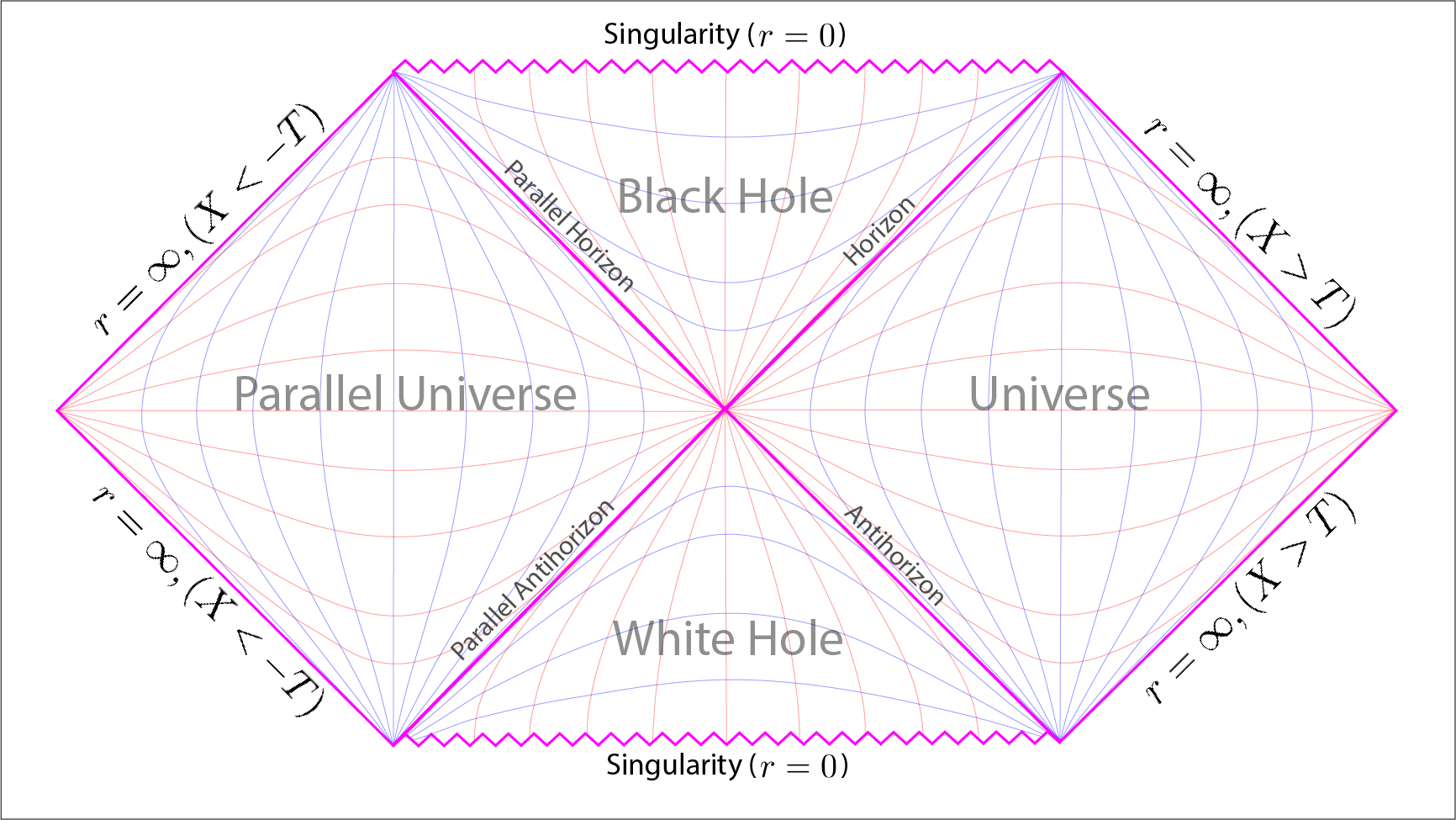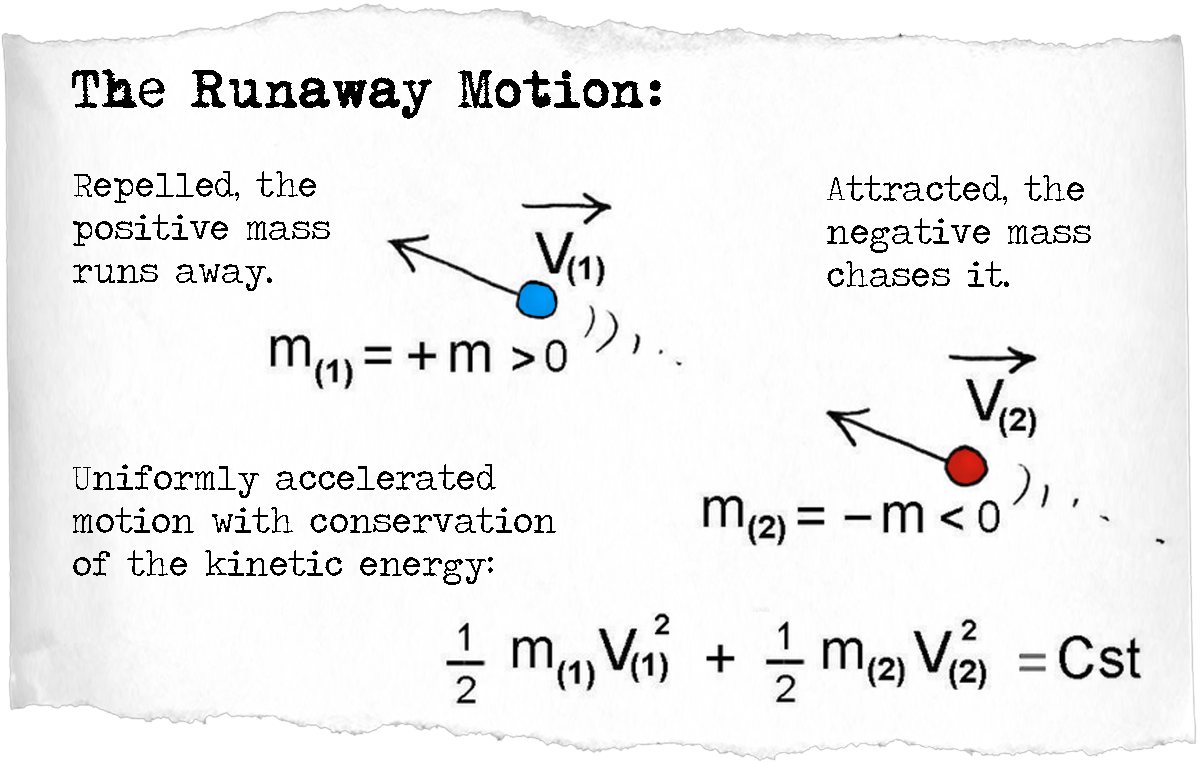Further Derivation of Anti-Gravity Equations in the Super Golden TOE
To extend the derivation of anti-gravity effects, we delve deeper into the mathematical framework, focusing on the conditions for negative curvature and repulsive metrics. This builds on the TOE's analog gravity model, where anti-gravity manifests as "white hole" horizons or expansive flows in the superfluid aether. We'll derive key equations for negative energy density's role in repulsion, including the modified effective metric and stability conditions, drawing from fluid dynamics and QFT analogs.
Extended Derivation: Negative Energy Density and Repulsive Gravity
Negative energy density (ρ < 0) in QFT leads to repulsive gravity by violating the weak energy condition (WEC: ρ + P ≥ 0), allowing for effective negative mass and anti-gravitic fields. In the TOE, this is induced by inverted superfluid modes or counter-cascades (scaling as 1/φ^n), flipping the sign in the energy-momentum tensor.phys.sinica.edu.tw
Start with the relativistic fluid stress-energy tensor:
For negative ρ, the trace T = -ρ + 3P becomes positive if P < -ρ/3 (exotic matter equation of state w = P/ρ < -1/3), leading to accelerated expansion or repulsion in the Friedmann equation:
Derivation for local anti-gravity: In Newtonian limit, Poisson equation $∇²Φ = 4π G ρ$ becomes $∇²Φ = 4π G ρ_{eff}$ for effective density $ρ_{eff} = ρ + δρ$, where δρ < -ρ induces Φ > 0 (repulsive potential). In analog models, negative energy decreases optical path length, effectively "shortening" space and repelling probes.phys.sinica.edu.tw
In superfluids, the Bogoliubov dispersion for excitations is:
where μ is chemical potential. For μ > 0 (overfilled condensate), $ω^2 < 0$ for small k, yielding imaginary frequencies (instability) that manifest as negative effective density $δρ_{eff} = - (μ m / λ),$ where λ is interaction strength. This derives repulsion: The pressure $P = - (μ ρ / 2) < 0$ for μ > 0, violating null energy condition and flipping gravity.arxiv.orgvixra.org
White Hole Metric for Anti-Gravity
White holes—time-reversals of black holes—are repulsive regions where nothing can enter. In analog gravity, they emerge from outward superfluid flows $v_r > 0$ exceeding $c_s.$ The metric term $f(r) = 1 - v_r^2 / c_s^2 < 0$ creates a repulsive barrier.indico.fysik.su.se
Derivation of the anti-gravitic potential: For outflow $v_r = + √(2|Φ|)$, the geodesic equation $u^μ ∇_μ u^ν = 0$ yields effective $g_{eff} = + GM / r^2$ (positive, repulsive) when integrating the inverted Tolman-Oppenheimer-Volkoff equation for negative P:
For $P = w ρ$ with $w < -1$ (phantom energy), $dP/dr > 0$, leading to unstable expansion and anti-gravity bubbles.vixra.org
In the TOE, golden inversion: Counter-cascades $ω_n = ω_0 φ^{-n}$ reduce frequencies, simulating negative ω (anti-particles or negative energy states in Hawking pairs). The energy $E_n = ħ ω_n < 0$ for n large negative, deriving $ρ_{eff} < 0$.arxiv.org
Stability and Experimental Creation
Stability requires bounded negative regions to avoid runaway expansion (big rip). In superfluids, tune with external fields: For 3He-B or BECs, laser stirring creates outward vortices, simulating white holes. Equation for critical velocity $v_c = √(g h)$ (shallow water analog), but for anti-gravity, $v > c_s$ locally.strangebeautiful.com
Derivation of Levitation Force: For object in negative ρ field, $F_{anti} = - g_{eff} m$, with $g_{eff} < 0,$ so upward. In experiment, $F = -4π G ρ_{neg}$ V, where V volume—repulsive for $ρ_{neg} < 0.$
This further derivation solidifies anti-gravity as engineered reversal of aether implosion, testable in analog labs.
| Boomerang is coming #NCSWIC |
Addendum 1:
Investigating Gravity as a Dynamic Aether
The concept of "gravity as a dynamic aether" revives the historical idea of an aether (or ether)—a pervasive medium filling space— but reimagines it as a dynamic entity whose motion or properties give rise to gravitational effects. This contrasts with classical 19th-century aether theories, which posited a static, luminiferous medium for light propagation, disproven by the Michelson-Morley experiment in 1887. Modern interpretations treat the aether as a dynamical field or substrate, often in modified gravity theories or emergent models, where gravity isn't a fundamental force but arises from the aether's accelerations, densities, or fluctuations. This aligns with Einstein's later reflections on a "new kind of aether" in relativity, where spacetime itself acts as a dynamic medium.
Key Theories and Models
From the investigation, several frameworks emerge:
- Dynamic Aether Theory of Gravity (DATG): Proposed in a 2025 SCIREA paper, this theory models gravity as the inward acceleration of a universal space medium (aether). Test objects move toward regions of greatest aether inflow acceleration, akin to buoyancy in fluids. The aether's density and velocity gradients create gravitational intensity, with equations like gravitational potential derived from aether flow divergence: $∇ · v_{aether} = -4π G ρ$, where $v_{aether}$ is the aether velocity field and ρ is mass density. This predicts deviations from Newtonian gravity in extreme conditions, such as near black holes, and ties to dark energy as outward aether flows.
- Einstein-Aether Theory: A Lorentz-violating extension of GR, where a dynamic unit timelike vector field (the aether) couples to gravity, introducing preferred frames without contradicting relativity at low energies. The action is $S = ∫ [R + λ (u^μ u_μ + 1) + K^{μν}_{ρσ} ∇_μ u^ρ ∇_ν u^σ] √-g d^4x$, where $u^μ$ is the aether vector, R the Ricci scalar, and K a kinetic tensor. Gravity emerges from the aether's dynamics, with observational constraints on couplings from cosmology and astrophysics. A spinning variant adds rotational degrees, potentially explaining frame-dragging anomalies.
- Emergent Gravity from Dynamic Aether: In some models, gravity arises from aether density gradients or flows, unified with other forces. For instance, the Aether Physics Model (APM) quantizes the aether as a medium mediating all interactions, with gravity as emergent from aether destruction or compression. Equations like $F_{grav} = - (G m_1 m_2 / r^2)$ derive from aether buoyancy, where mass is proportional to aether displacement. This echoes Tesla's views of a structured, dynamic aether transmitting energy losslessly.
- Basic Concepts for Fundamental Aether Theory: Proposals suggest gravity as reduced aether energy density, supporting preferred frames and light speed anisotropy. In cellular universe models, aether is discrete particles mediating waves, with gravity as emergent inflow.
These theories often face challenges like Lorentz violation tests but offer alternatives to dark matter/energy by reframing gravity as aether-mediated.
Relation to the Super Golden TOE
In the TOE, gravity emerges from accelerated charge implosion in a dynamic superfluid aether, aligning with these ideas. The aether's flows, governed by φ-cascades, create gravitational attraction as inward accelerations, similar to DATG's inflow. This dynamic aspect resolves GR-QM tensions by treating the aether as background-independent, with Platonic grids ensuring discrete yet fluid structure. Unlike classical aether, it's relativistic and emergent, supporting unification without ether drag.




No comments:
Post a Comment
Watch the water = Lake 👩 🌊🦆